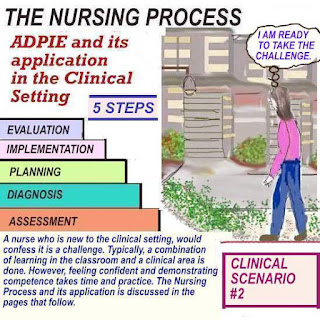UNDERSTANDING THE HEART'S ELECTRICAL CONDUCTION SYSTEM - QUIZ QUESTIONS
The Electrical Conduction System of the heart
The SA (sinoatrial) node is the pacemaker of the
heart and is part of the electrical conduction system.
It is located in the upper part of the right atrium.
When the SA node fires, the right and left atria
contract simultaneously and blood is forced into
the right and left ventricles.
The electrical stimulus then travels to the AV ( atrio-
ventricular) node which is located in the lower part
of the right atrium. The AV node fires, causing the
right and left ventricles to contract simultaneously.
Scenario: Jim was admitted to the medical floor, with
complaints of abdominal pain. The nurse arrives at his
bedside and finds him unresponsive. She presses the code
button, to alert the code team. She then begins CPR.
What does CPR mean?
CPR means Cardiopulmonary resuscitation. When the
heart stops beating and there is no circulation of blood
throughout the body, CPR is initiated.
Lack of blood supply to the brain and vital organs,
may permanent damage if left untreated. Above,
medical personnel are being given instructions
about the correct techniques to use when doing CPR.
happening in the emergency Room. Always follow your
There are many responsibilities.
- giving clear instructions to coworkers
- ensuring that MD orders are conveyed correctly
interventions that take place ( defibrillation for example)
- the nurse becomes the " binding force
1) What is the SA node known as?
2) Where is the SA node located?
3) What happens when the SA node fires?
5) What happens when the AV node fires?
6) What does CPR mean?
the most lethal rhythms:
heart's conduction system is not functioning. There are no
ventricular contractions. The patient is pulseless and
unresponsive.
present. The ventricles are beating rapidly and there is no atrial
activity. Blood flow to the vital organs is compromised.
atrial activity. The ventricles are quivering , so there is no
cardiac output. There is no pulse and the patient may become
unresponsive. Immediate action to defibrillate is usually done.
EKG rhythm.






Comments
Post a Comment